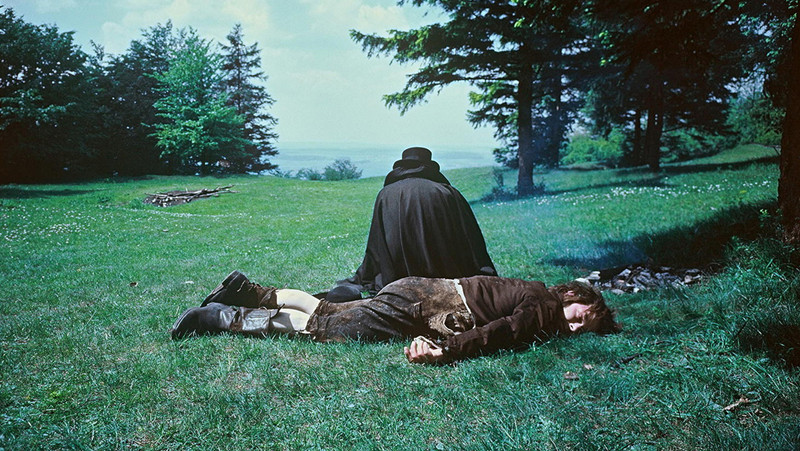
What makes a cinematic movement a new wave? There are many loose definitions for the term “new wave”, but when applying it to national cinemas, two things are clear: a cinematic new wave is a movement that is distinctively different to the dominant mode of filmmaking of its home nation and its main goal, in every iteration, is to rejuvenate a national cinema with fresh ideas.
This might take the form of the use of new and groundbreaking filming technology, such as light weight cameras, or new editing practices that break traditional rules of filmmaking. It may appear evident through narratives that are radicalized – for the purpose of confronting social taboos – or politicized – for the purpose of acting as a voice for the oppressed underclass. New wave movements seek to deconstruct and subvert the cinema of its predecessors and offer something that atones more to the sensibilities of the younger or future generations.
The legacy of these movements can be seen in the cinema we watch today. The content we are shown, no matter how explicit, and the great variety of film forms and cinematic experimentations are a direct result of the groundbreaking path that national new waves have carved out.
Every individual new wave movement has a brilliant and unique body of work to offer. So, for anyone looking to expand their cinematic horizons, here is a list of the 10 greatest new wave movements in film history.
10. Hong Kong New Wave (1979-1995)
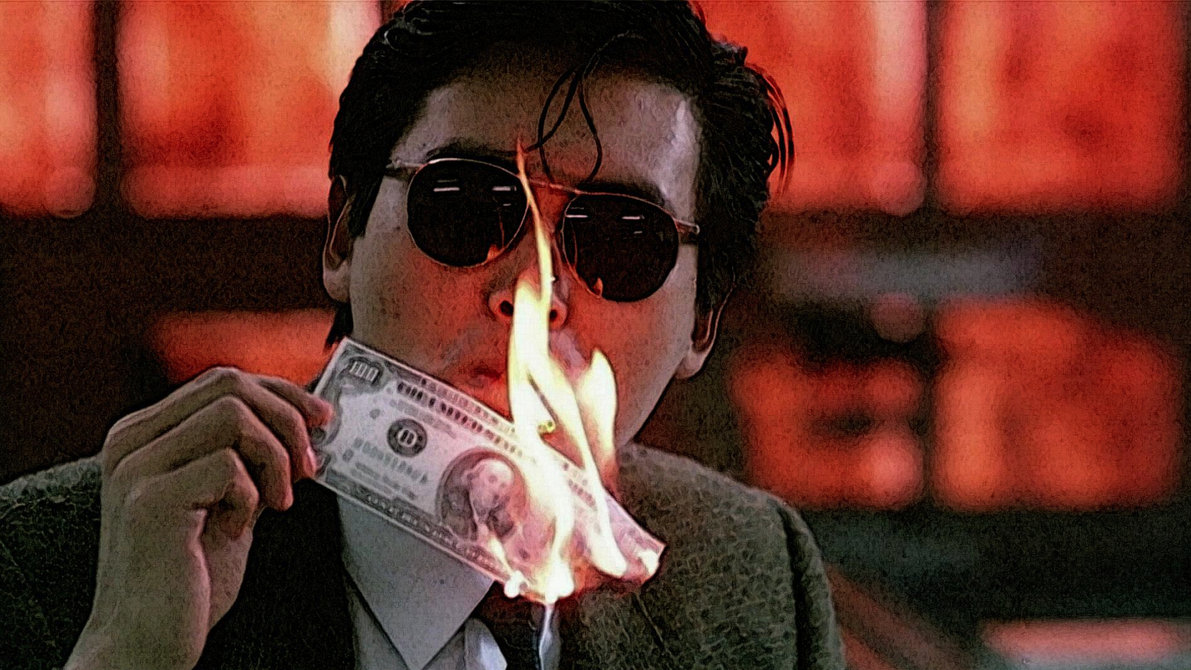
Two historical events would come to shape Hong Kong cinema in the late 1970s: the end of the cultural revolution in China and the impending return of the territory to China, which was due to take place in 1997. These events lead to a unique cinema based in Hong Kong and compiled of filmmakers with a heavy Western influence.
Until 1997, for over 100 years Hong Kong had been a British colony. This meant that it had been largely influenced by Western culture and capitalism. It had become an international territory caught between the East and West, and the cinema that emerged from the late 1970s reflected this.
New editing techniques, filming equipment and filming practices were adopted for films that challenged traditional views on gender and sexuality. Genres from America were introduced, with action and romantic dramas proving popular. Whilst the movement was not defined by one distinctive style, the new wave was consistently and coherently defining a new brand of cinema that was distinctively different from what had come before. Its reach spanned the world, proving popular in both the West and the East.
The Films: Peking Opera Blues (1986), A Better Tomorrow (1986), An Autumn’s Tale (1987), As Tears Go By (1988).
The Filmmakers: John Woo, Wong Kar-Wai, Tsui Hark, Patrick Tam.
9. Czech New Wave (1962-1968)
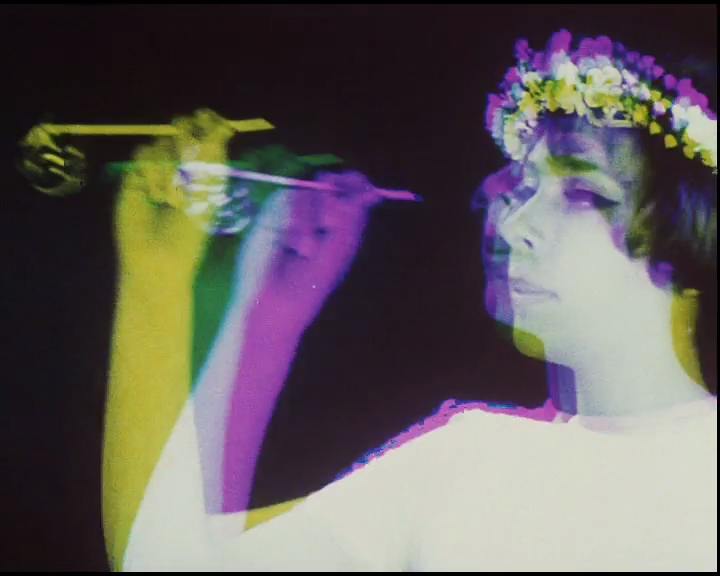
Unlike most of the new waves mentioned on this list, the Czech New Wave consisted of mostly comedies. After a growing distaste with the Soviet regime, a group of filmmakers originating from Prague’s FAMU film school carved out a cinema that poked fun at their communist oppressors.
The Czech New Wave utilized satire and pastiche that both mocked the regime and made clear that the Czech people were living in a totalitarian state. The new wave films often pitted the average person against bumbling oppressors in allegorical narratives that held a political subtext. Because of the anti-communist stance of the movement, many of the films were banned by the government but garnered a strong underground following.
In 1967, Jiří Menzel’s Closely Watched Trains won an Oscar for Best Foreign Language Film, sealing the movement’s legacy and bringing it a wider audience. The movement was also notable for introducing the world to director Miloš Forman, who would go on to direct One Flew Over the Cuckoo’s Nest (1975), Amadeus (1984) and many more in a long and successful career in Hollywood.
The Films: Black Peter (1963), Closely Watched Trains (1966), Daisies (1966), The Fireman’s Ball (1967).
The Filmmakers: Forman, Menzel, Jaromil Jireš, Věra Chytilová, František Vláčil.
8. Cinema Novo or Brazilian New Wave (1960-1972)
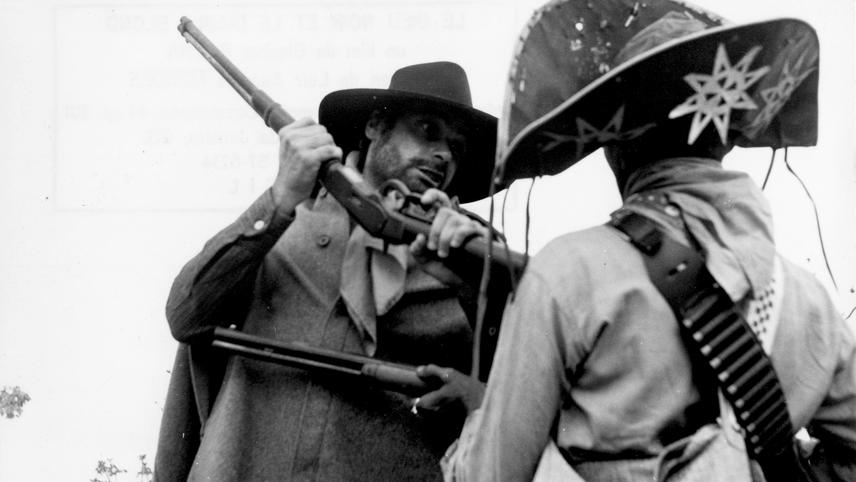
Of all the film movements in this list, Cinema Novo is perhaps the most politically motivated. Cinema Novo stands as one of the first instances of Third Cinema, an activist film movement adopted by many colonized countries, which is aimed to highlight the oppressive regimes of the colonizers.
The new wave came to being at a time when an ideological shift was taking place in Brazil following Juscelino Kubitschek becoming president, who symbolized a hope that that things might improve for the impoverished Brazilian people. Inspired by Kubitschek, and as anger towards the corrupt ruling classes reached fever pitch, a movement was born to give voice to a desperate generation.
The new wave films were distinctively different to popular cinema in Brazil at the time, which mainly consisted of comedic musicals and Hollywood imitations. Cinema Novo addressed social issues, contained narratives that placed the upper classes as the villains and, through violence, depicted the oppressed being liberated.
The latter phase of the movement introduced a unique cinematic movement within Brazilian cinema: Tropicalism. Tropicalism was a movement that was styled on the kitsch, bad taste and stories that involved cannibalism.
The Films: Black God, White Devil (1964), Antonio das Mortes (1968), Macunaima (1969), How Tasty Was My Little Frenchman (1971).
The Filmmakers: Glauber Rocha, Nelson Pereira dos Santos, Joachuim Pedro de Andrade, Paulo Cesar Saraceni.
7. Australian New Wave (1971-1989)
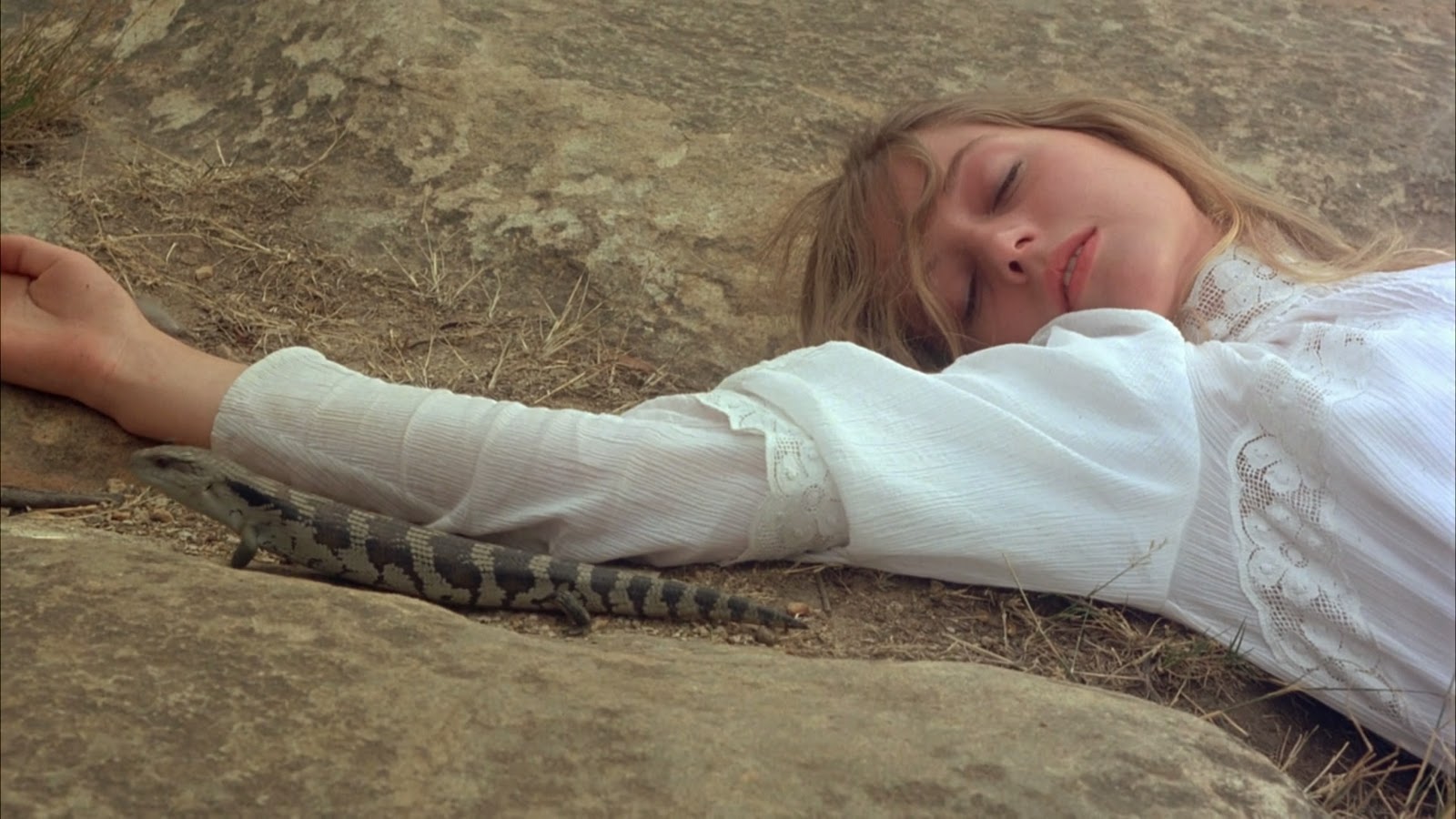
By the 1970s, Australia’s cinema had become almost non-existent. It had been failing for almost 20 years, but as a new government took office at the beginning of the 1970s, the nation’s film industry was given a second chance and the rest is film history. New funding policies were put in place for filmmakers and an R-rating was introduced allowing for a more explicit cinema which was not tied down by any restrictions.
The Australian New Wave began with graduates from the Australian Film, Television and Radio School, and whilst it had no distinctive style – its films varied from the beautifully poetic to schlocky horror and pulpy science fiction – its influence was vast and great, particularly on the science fiction genre we see today.
An amalgamation of cinematic styles from across the globe, the new wave was violent, sexy and brimming with sparse apocalyptic locations. It introduced the Ozploitation movement to the world – a movement which celebrated bad taste and low culture through genre fair such as horror, science fiction and comedy. A truly different cinema which helped propel Australian filmmakers and actors to stardom.
The Films: Walkabout (1971), Picnic at Hanging Rock (1975), Mad Max (1979), Mad Max 2: The Road Warrior (1981), Gallipoli (1981).
The Filmmakers: Nicholas Roeg, George Miller, Peter Weir, Phillip Noyce, Gillian Armstrong.
6. British New Wave (1958-1963)
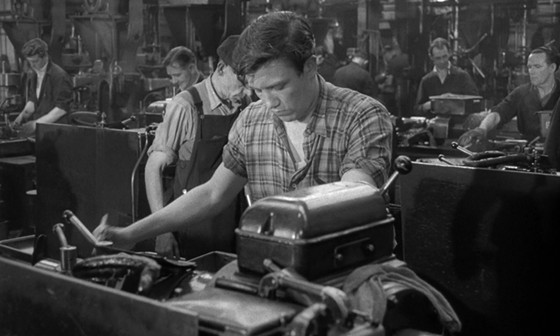
Emerging at a time when Britain was struggling through austerity following World War Two and on the cusp of the swinging 60s, the British New Wave gave a voice to an angry young generation who felt like they were trapped in the traditions of the older generations and yearned to embrace the new liberated culture that was beginning to flourish.
Like the French New Wave directors, the filmmakers that compiled the British New Wave came form a background as critics and documentary makers. Many graduated to filmmaking after working for film subscriptions such as Sequence, Sight and Sound and The New Statesman. They made films about rebels, dreamers, the working class and angry young men that had become dissatisfied with their living situations. The films were gritty, highlighting the class divide and the entrepreneurial and aspirational spirit of the younger generation.
The movement re-shaped British Cinema, birthing the kitchen-sink realism that would come to define it. It also propelled stars such as Julie Christie, Richard Curtis and Tom Courtenay into the limelight. Many of the movement’s key filmmakers would go on to work in Hollywood, their signature grit and rebel attitude being a perfect suit for the emerging New Hollywood.
The Films: Room at the Top (1959), Look Back in Anger (1959), Saturday Night and Sunday Morning (1960), Billy Liar (1963).
The Filmmakers: Tony Richardson, Lindsay Anderson, Karel Reisz, John Schlesinger, Jack Clayton.